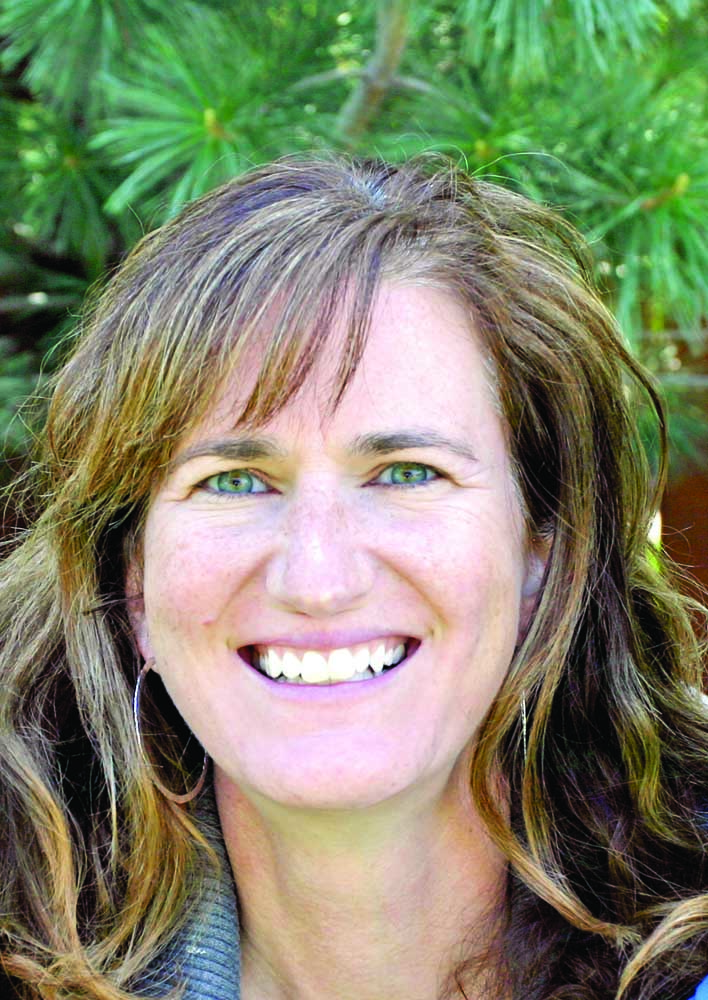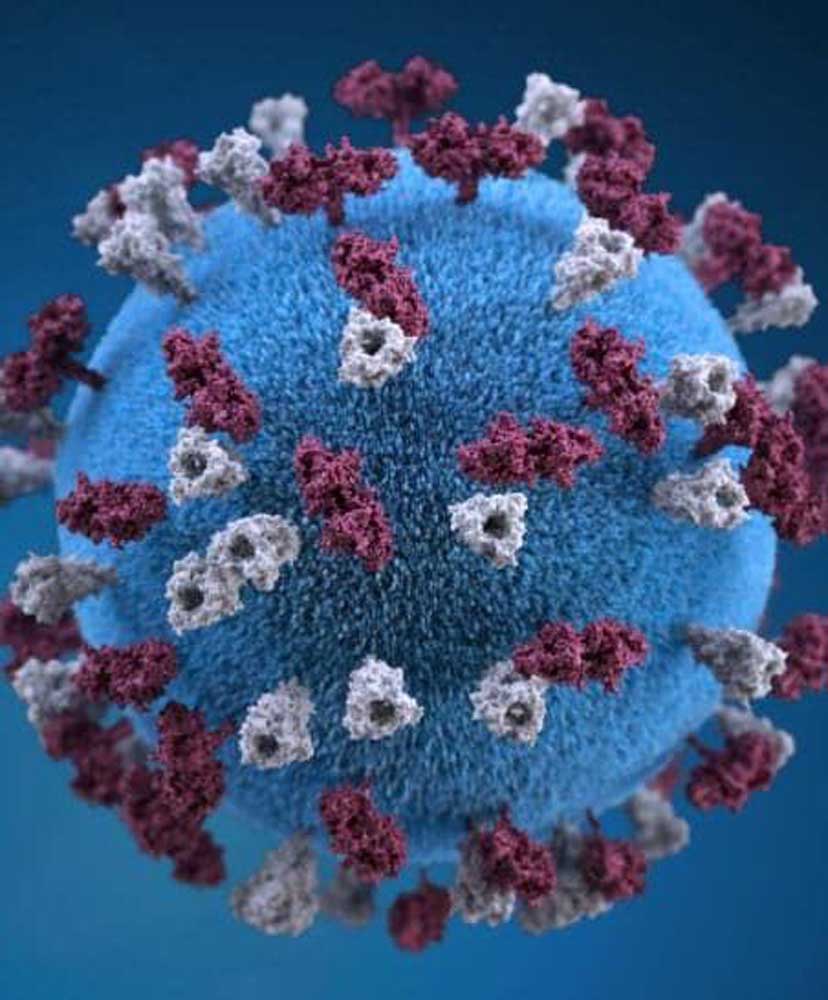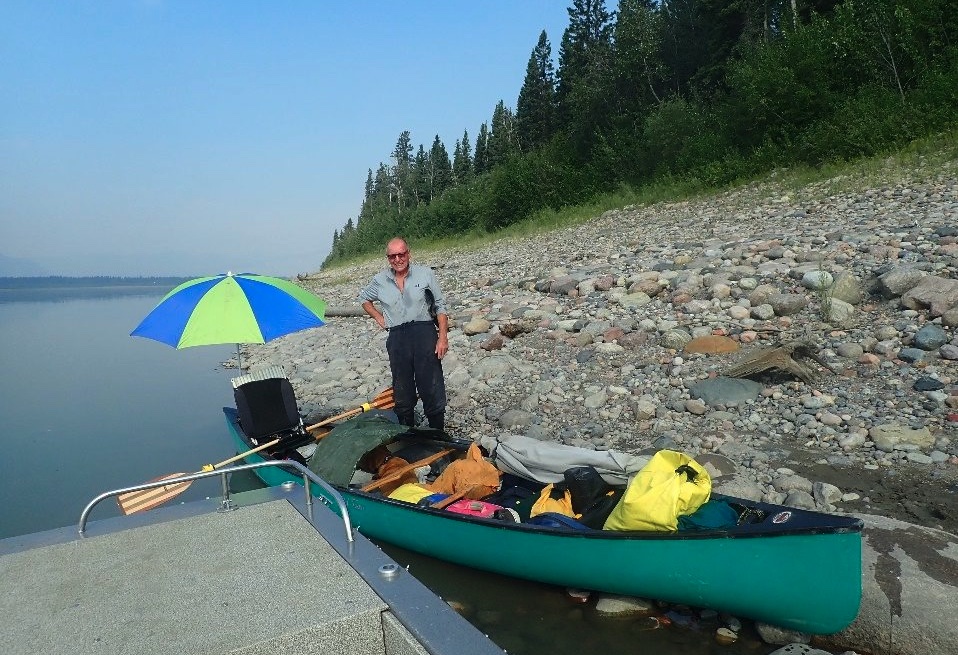Garden Calendar
Published 12:00 am Saturday, June 25, 2016

- Garden Calendar
Late June
Most lawns in Central Oregon are composed of Kentucky bluegrass, fine fescues, and perennial ryegrass and prefer a mowing height of 1.5 inches to 2.5 inches for optimal turfgrass health. Mowing height is considered the most important cultural practice for growing great turf. If you are mowing your lawn too short (scalping the blades of grass) this will lead to a weak stand of grass. You should be mowing between four to six times per month during the summer.
Installing a new lawn? Consider using turf type tall fescue which is a more drought tolerant and low maintenance lawn for Central Oregon.
Lawns can be fertilized late June through early July at an application rate of 1 pound nitrogen per 1,000 square feet using soluble or mixed soluble – slow release nitrogen fertilizers. Optimum ratios for N-P-K materials range from 3-1-2 to 6-1-4. You may also choose to use straight nitrogen materials such as ammonium sulfate or complete fertilizers containing N-P-K.
Continue to water your vegetable garden consistently and fertilize as needed. Even consistent moisture will help improve the quality of your harvest.
Aerating your lawn followed by an application of fine compost on top of the lawn (1/4”) will help reduce water use. Aeration will relieve compaction, remove some thatch and the additional compost will feed the soil and improve the water holding capacity of the lawn.
July
If you are trying to conserve water in the landscape prioritize watering trees first, followed by shrubs, perennials and turf. The latter three are less expensive if needing to be replaced.
Another way to reduce water use in the landscape is by using mulching materials around your landscape plants to help conserve moisture.
Pinch back annuals to keep them full of blooms.
Plant flowers that attract beneficial insects including catmint, coreopsis, coneflowers and penstemons.
Native plants will attract native beneficial insects and pollinators.
Plant trees, shrubs, perennials, and annuals anytime during the growing season.
Deep water your trees, shrubs and perennials every five to seven days.
Protect your berry crops from birds with bird netting.
Stake tomatoes, delphinium, hollyhocks, lupine and other tall plants.
Protect your vegetable garden from flying insects using row cover.
Plant seed beans, and harvest broccoli, peas, lettuce and radishes.
Keep your potatoes and tomatoes consistently moist by watering thoroughly; this will produce better quality crops.
Time to harvest beets, broccoli, carrots, kohlrabi, leeks
August
Be sure and give your turf and landscape plants additional water if needed during the hottest days of summer.
Spider mites prefer our hot and dry environment, especially the weather during the month of August, and they target specific ornamental shrubs and perennials such as arborvitae and holly hocks. These tiny insects can be controlled by jet spraying more resilient plants with water from your garden hose. This blast of water will kill the spider mite on contact or knock it off the plant to prevent further feeding damage. For larger infestations on more tender plants, a miticide may be necessary.
Living in a wildfire prone area? Check out Fire-Resistant Plants for Home Landscapes at http://extension.oregonstate.edu/catalog/html/pnw/pnw590/
Check leafy vegetables for caterpillars. Control with Bacillus thuringiensis (Bt).
Avoid fertilizing your lawn during this month. The hotter temperatures are more stressful for turfgrass and you do not want to encourage excessive growth.
Continue to water your lawn 4-6 inches per month as needed.
Plant garlic and cold season crops.
Harvest potatoes when the tops die down. Store them in a cool, dark location until use.
Fertilize cucumbers, summer squash, and broccoli, white harvesting to maintain production.
Harvest raspberries and ever-bearing strawberries.
Clean up the leaves and fertilize strawberry beds.
Prune away excess vegetation and selectively remove new blossoms on tomatoes; this will improve the quality and flavor of your existing tomatoes.
September
Harvest beans, broccoli, cabbage, carrots, chard, cucumbers, leeks, lettuce, potatoes, and radishes.
Plant asters, mums, pansies, and ornamental kale for fall color. The Michaelmas daisy or New York aster varieties ( Aster novi-belgii) provide great fall color for Central Oregon and also a great cut flower.
Harvest plums, pears, and Asian pears if ready.
Having trouble with voles or other wildlife in your landscape? The University of Nebraska has an excellent website that provides management information on many of our most troublesome critters. To check out this leading resource go to: http://icwdm.org/handbook/index.asp
Deep water your trees, shrubs and perennials every five to seven days.
Kentucky bluegrass, perennial ryegrass, and tall fescues are some of the better choices for seeding or sod in Central Oregon. Consider a blended mix of grass seed for drought tolerance. For more information on establishing a new lawn go to http://extension.oregonstate.edu/deschutes/sites/default/files/ec1550.pdf Water your lawn approximately three times a week at 1 to 2 inches per week.
Dethatch or aerate your lawn if necessary. Thatch is a layer of living and dead grass stems and roots. If your thatch layer is a half inch or greater, it can prevent water, air, and nutrients from penetrating the soil and reaching the roots of your grass; resulting in dry spots. Thatching allows new grass shoots to grow in thick and lush. Thatching should be done every other year, particularly in lawns consisting of 100% Kentucky Bluegrass. Aeration, the process that pulls out plugs should also be done every other year in spring or fall. This process helps relieve compaction and opens up the soil for adding soil amendment or reseeding.
In late September, plant spring flowering bulbs such as daffodils, tulips and crocus. Work phosphorus into the soil below the bulbs. Remember when purchasing bulbs, the size of the bulb is directly correlated to the size of the flower yet to come in spring.
Calendar of Events
• All events are offered by the OSU Extension Service Master Gardeners and are free unless otherwise noted.
• June 25 – Composting, Vermiculture and Mason Bee Pollinators class in Bend at the Northwest Crossing Community Garden, 9:30 a.m.
• June 25 – Managing Garden Pests in an Organic Garden class in Bend at Hollinshead Community Garden, 10:30 a.m.
• July 9 – Open Garden, tour and short classes in Bend at Northwest Crossing Community Garden , 9 a.m. to noon.
• July 16 – High Desert Garden Tour; tour seven gardens in Redmond, 9 a.m. to 3 p.m.; $10 per ticket. Tickets will be available July 1, for ticket outlets visit http://extension.oregonstate.edu/deschutes/ or call 541-548-6088.
• August 27 – Open Garden in Bend at Hollinshead Community Garden, 10 a.m. to 2 p.m.
• August 27 – The Gardening Learning Curve-Common Problems and Lessons Learned class in Bend at Northwest Crossing Community Garden, 9:30 a.m.
• September 17 – Putting Your Beds to Bed class at Hollinshead Community Garden, 10:30 a.m.
• September 24 – Selecting Trees for the Landscape and Formative Pruning class in Bend at Northwest Crossing Community Garden, 9:30 a.m.








